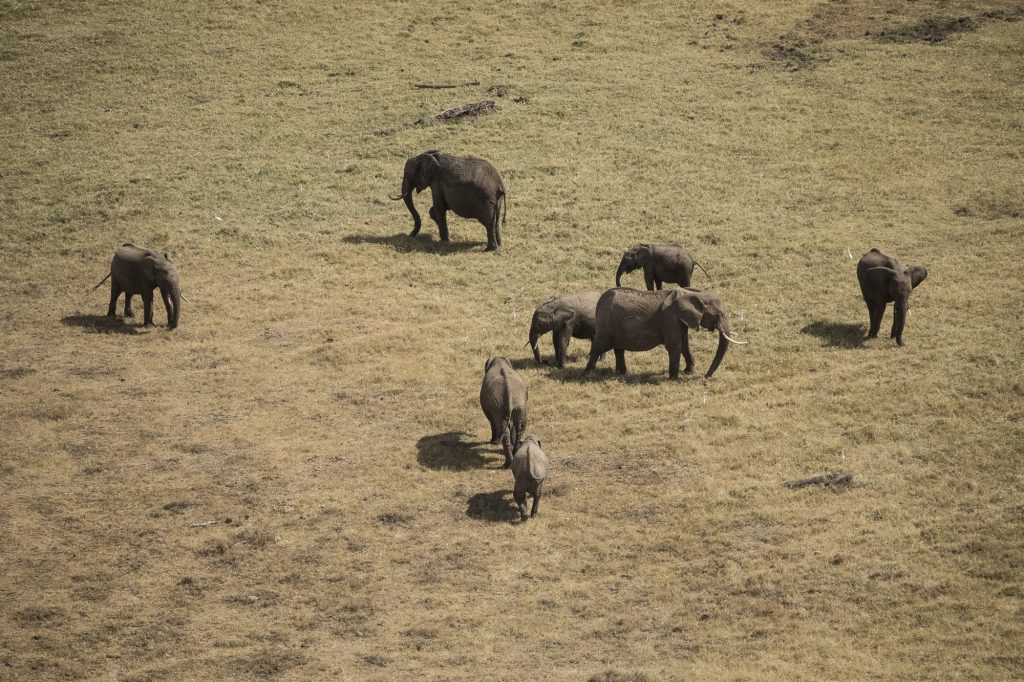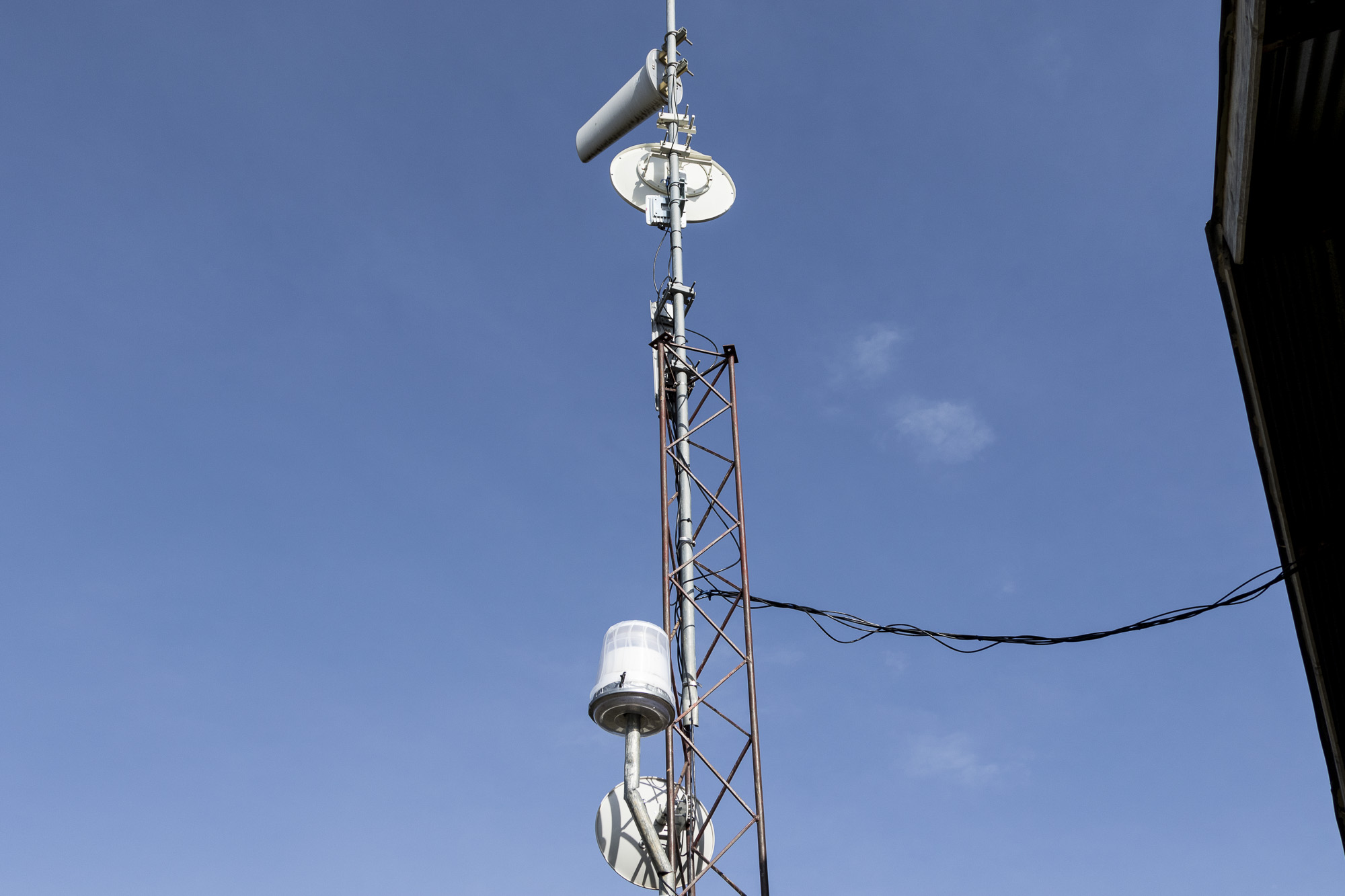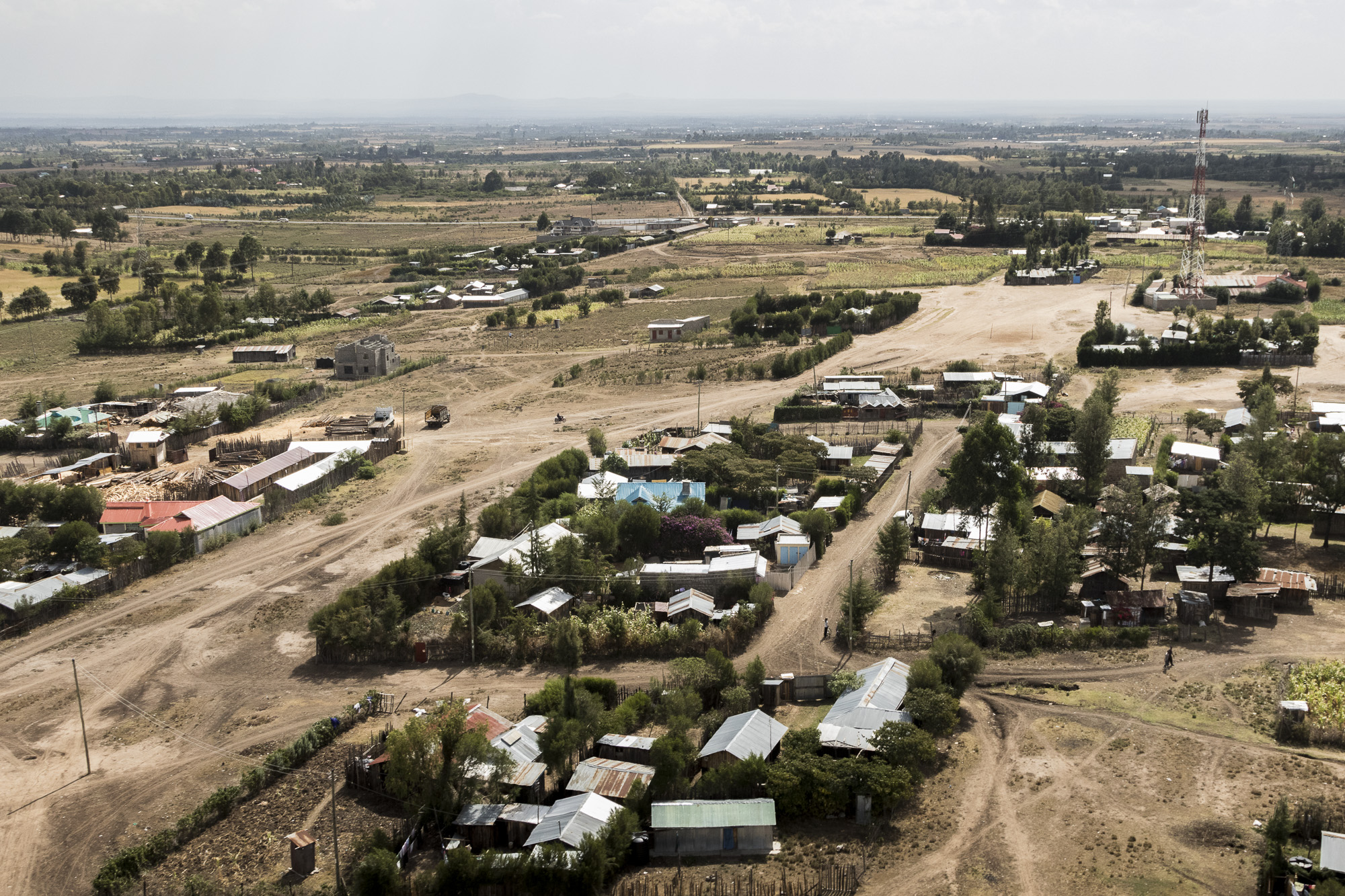
The promise of conservation and the cloud
There are many rare and endangered animals in Kenya, but few are quite as precious as the Northern White Rhinoceros, of which there are only five left on the planet. Three of these exquisite animals reside in the Ol Pejeta Conservancy, a wildlife preserve nestled near the base of Mount Kenya.
Formerly a cattle ranch, Ol Pejeta extends across 90,000 acres of northern Kenya’s Laikpia plateau. It’s one of the largest conservancies in east Africa. In addition to white rhinos, Ol Pejeta also boasts 105 black rhinos — the largest concentration anywhere in the world.
Elephants, giraffe, lions and zebras also roam the sanctuary’s shrubby, flat terrain. Conservation group Flora and Fauna International purchased the ranch and converted it into a preserve in 2004. Ol Pejeta is a popular spot for tourists hoping to catch a glimpse of these animals in the wild, and a great place to educate everyone, visitors and nearby residents alike, about the need to protect them.
Zebras gather in packs one sunny July afternoon, just before a thundershower. Elephants get a drink at a nearby oasis.
However, these beautiful creatures, some historically threatened by poachers, are increasingly in danger for their valuable horns and tusks. In fact, simply having them on your land attracts the bad guys.
“There’s a quarter of a million dollars of rhino horn walking around Ol Pejeta,” says Malcom Brew, chief technology officer for Mawingu Networks, which provides Internet access to nearby Nanyuki. “It used to be, if you had a bunch of black rhinos on your farm, you were a tourist attraction. Now, poaching is at a fever pitch, so it’s a liability. We need smart ways to help.”
“Rhinos have been under huge pressure from poaching, in the past four years,” adds Rob Brett, Flora and Fauna International’s director for Africa programs. “With these poaching challenges, there is a need to detect anyone wanting to kill these rhinos, and respond to them quickly.”
In the past, the animals have been tracked using radio collars and satellite uplinks that are often unpredictable and no match for the animal’s wide-ranging roaming habits. Both Brew and Brett say TV white spaces technology is the answer to keeping track of Ol Pejeta’s animals, and ultimately, keeping them safe.
Named for the underutilized broadcast bandwidth it employs, TV white spaces is an affordable and reliable source for Internet connectivity currently being used by schools, a health clinic, local government, the Red Cross and young entrepreneurs in Nanyuki, a rural community located near Ol Pejeta and about 125 miles north of Nairobi.
In addition to being affordable and wide ranging, TV white spaces technology is also portable. The transmitter, about the size of your fingernail, can be placed inside a rhino’s horn, instead of on a cumbersome collar around its neck.
Tracking and protecting endangered species in Africa requires “the standard trilemma of strong, light and cheap – and nobody’s solved it yet,” says Lucas Joppa, a conservation biologist with Microsoft Research. “We need an Internet signal that goes a long way, is power efficient, cheap and can be in places where we generally can’t haul around acid batteries.”

TV white spaces technology is the answer for breaking down these barriers, he adds. The sensors employ a low UHF frequency, enabling them to transmit 10 kilometers (just over 6 miles) or more in any direction, while keeping tabs on the endangered rhino population.
“In the cloud, this technology, combined with machine learning, can help us not only track the animals in real time, but understand their behavior,” Brew explains. “And the radios can talk to each other. A giraffe bumps into a zebra and their sensors carry each other’s information to the cloud.”
As part of the company’s 4Afrika initiative, Microsoft is a partner in the effort to connect rural Kenya to the Internet at Ol Pejeta, in Nanyuki and beyond. Brew hopes to have the animal tracking capability up and running at Ol Pejeta within the next year or so.
Flora and Fauna International’s mission is to support both wildlife education and community development. Brett sees the potential of TV white space technology as integral to both.
Mawingu wants to connect more nearby schools, he explains, adding that there is potential for using the technology to monitor water usage and weather too — critical data in a region known for both severe drought and flash flooding.
“This is aspirational,” Brett says. “But if we get the right teams together, there’s a lot this technology could enable.”
“Ol Pejeta is a special place. It’s surrounded by rural communities in one of the most unbelievably beautiful spots in the world. It harbors great ecological diversity while facing critical challenges of communication, education and rural poverty,” adds Joppa. “There is enormous potential… All coming together right there, at the base of Mount Kenya.”















